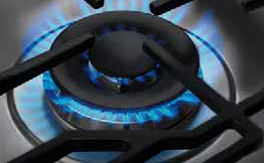Cleaner hearths, better homes: new stoves for India and the Developing World

This new World Bank report discusses India’s best improved biomass stove programs and suggests policies and practical ways to promote the use of cleaner burning, energy efficient, and affordable stoves.
In a largely globalized era characterized by technological advancements, many developing countries still depend on biomass energy for sustenance. Much of India’s rural population still relies on the traditional chulha for daily needs, thus increasing environmental health risks due to indoor air pollution. Cleaner Hearths, Better Homes draws on case studies from six Indian states—Maharashtra, Haryana, Karnataka, Gujarat, Andhra Pradesh, and West Bengal—and other stove programs around the globe. It discusses India’s best improved biomass stove programs and suggests policies and practical ways to promote the use of cleaner burning, energy efficient, and affordable stoves.
See Also
Opinion: The challenge of the chulha.
Feature: Smoke in the kitchen.
Report: Fuel for life.
Report: Better burning, better breathing.
Report: A new look at an old problem.
Report: Lessons learned and the way forward.
Report: Energy poverty in India.
Report: Cooking practices and cookstoves field insights.
Report: Revisiting the need of improved stoves.
